The Dancing Plague of 1518: What Mysterious Epidemic Brought Death to a Medieval French City (6 photos)
Throughout its history, humanity has seen and survived many terrible epidemics. But have you heard anything about the dancing plague or mania that occurred in Strasbourg, a small French town that led a measured life and did not think that it would face a real nightmare, but not in a dream, but in reality? 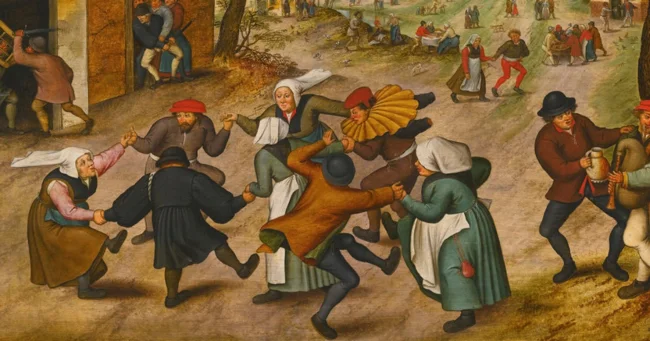
If not, then we suggest filling the historical gap in knowledge and understanding what made people in Strasbourg dance to death. It is worth noting in advance that scientists and historians still cannot decide what exactly caused this phenomenon. Ahead of you are several fascinating theories that will try to shed light on this mysterious event.
The outbreak of a strange disease occurred in 1518 in Strasbourg (modern France), and it lasted from July to September 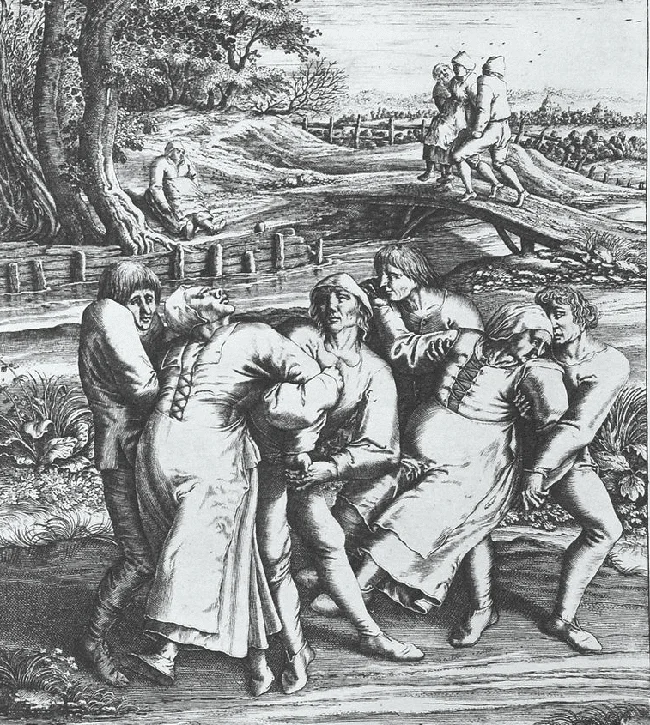
The first victim of the plague was a woman named Frau Troffea, who suddenly began to dance energetically right in the middle of the street. So, the unfortunate woman continued to dance wildly for six days. How the woman did not fall off her feet from fatigue is unknown. On the third day, her shoes were soaked in blood, and sweat was running down her exhausted face. However, soon three dozen more people joined her. The symptoms were the same.
Anyone who tried to help the "dancers" was themselves infected with an unknown disease. People's faces were distorted by terrible grimaces, and their arms and legs twitched in convulsions. Despite exhaustion, calluses and injuries, the residents continued to dance until they fell dead. Many died from strokes or heart attacks.
There is information that claims that the sick still stopped their crazy dance when they were completely exhausted or very sleepy. After a short break, they returned to their occupation again.
They tried to treat those obsessed with dancing in various ways, but to no avail 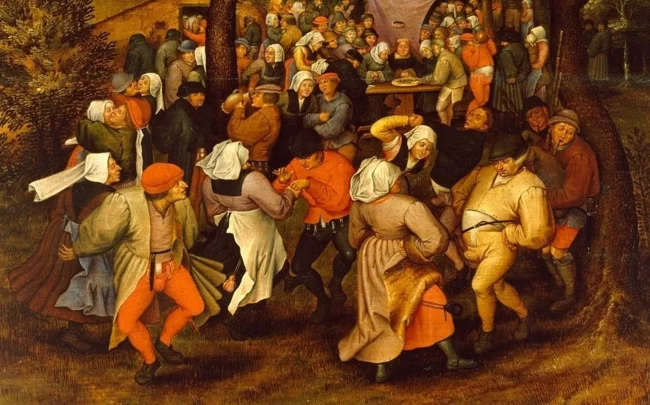
You shouldn't think that they didn't try to help the residents of Strasbourg. Of course they did! However, in those days, many diseases simply couldn't be treated. The dancing plague was no exception.
In order to somehow save the victims, the city and church authorities used various methods. Some "dancers" were brought to monasteries, tied to a bed, put heavy shoes on them and tried to somehow stop them. But this, unfortunately, did not help. They also resorted to the help of exorcists, but this approach did not have much effect. Apparently, dark forces had nothing to do with it (or not).
Then the authorities decided that the epidemic would subside if people were allowed to dance to their heart's content. So, they built a platform on the market square, invited musicians and strictly ordered other townspeople not to approach the sick while they were undergoing treatment.
To keep the sick in a normal condition, the authorities hired special people who gave them water and food. Needless to say, many townspeople immediately began to pretend to be sick in order to get food? But, alas, the epidemic did not stop even after that. The city was in despair.
In September, the epidemic began to subside. This happened after the "dancers" began to be sent to the sanctuary of St. Vitus. There, people sprinkled themselves with holy water, prayed, and recited Latin spells. And it seemed to help. The disease did not disappear overnight, but gradually began to retreat.
People lost control of their bodies and minds 
The constant movement led to real madness. People laughed, cried, swore loudly, beat themselves to stop. The peak of chaos began when the "dancers" began to throw off their clothes and engage in casual sex. In total, about 400 people died during the plague, according to various sources. It is claimed that up to 15 patients could die per day.
By the way, an interesting fact. It turns out that such an epidemic was not the only one. It was distinguished by the largest number of victims. So, the first historically recorded outbreak was in 1021. In a small town in Germany, 18 people danced near the church on Christmas Eve and could not stop for a year. Another case was noted in the 1200s in the Netherlands, in this story, too, everyone died. In 1374, there was a whole series of dancing epidemics that swept through Western Germany and parts of France.
What caused the dancing plague? What are the real reasons? 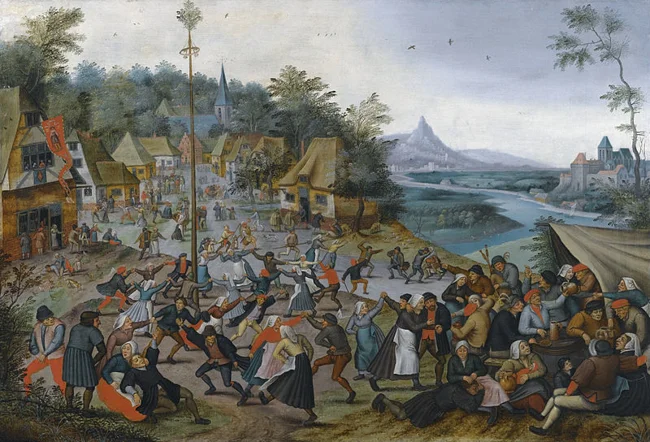
There are several theories that try to explain the phenomenon of dance fever from at least some logical side. According to some historians, the cause of the disease could be hidden in a religious cult, and dancing is just a way to enter a trance. Another theory claims that the plague is an infectious disease that was transmitted through the air, and the convulsions only vaguely resembled dance movements.
The most popular and generally accepted theory concerns poisoning. Yes, banal poisoning. There are suggestions that fatal dances could be caused by ergot. This is a special type of mold that in ancient times affected grain crops. They did not fight it at all, and did not know how (to be honest). Having inhaled it or eaten it, a person faced a number of not the most pleasant symptoms, including hallucinations, burning in the hands and feet, and gangrene. The mold had a negative effect on the central nervous system, literally destroying a person from the inside.
However, it is not that simple. The reason could be hidden in something completely different 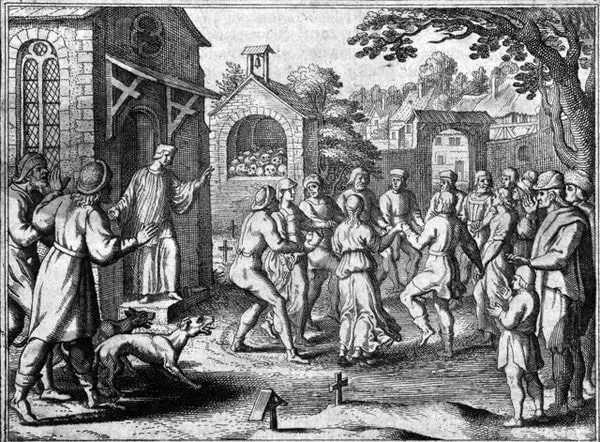
The famous English historian John Waller, who devoted more than one year to the study of the dancing plague, is sure that the political, social and economic situation in which the population of Strasbourg and other cities on the continent found themselves is to blame for everything. The year began with heavy rains that flooded the fields, then there was a severe cold, and then a drought. This situation provoked a terrible famine, which affected the townspeople not only physically, but also morally. The scientist talks about this in detail in his book, A Time to Dance, a Time to Die: The Strange Story of the Dancing Plague of 1518.
According to Waller, the situation caused psychogenic illness among the residents due to superstitious beliefs about curses. Seeing the weather devastating their fields, people were convinced that their sins had provoked the wrath of the gods and created a curse. Ultimately, the stress caused by this belief provoked mass hysteria, which affected a significant part of the city's population.























